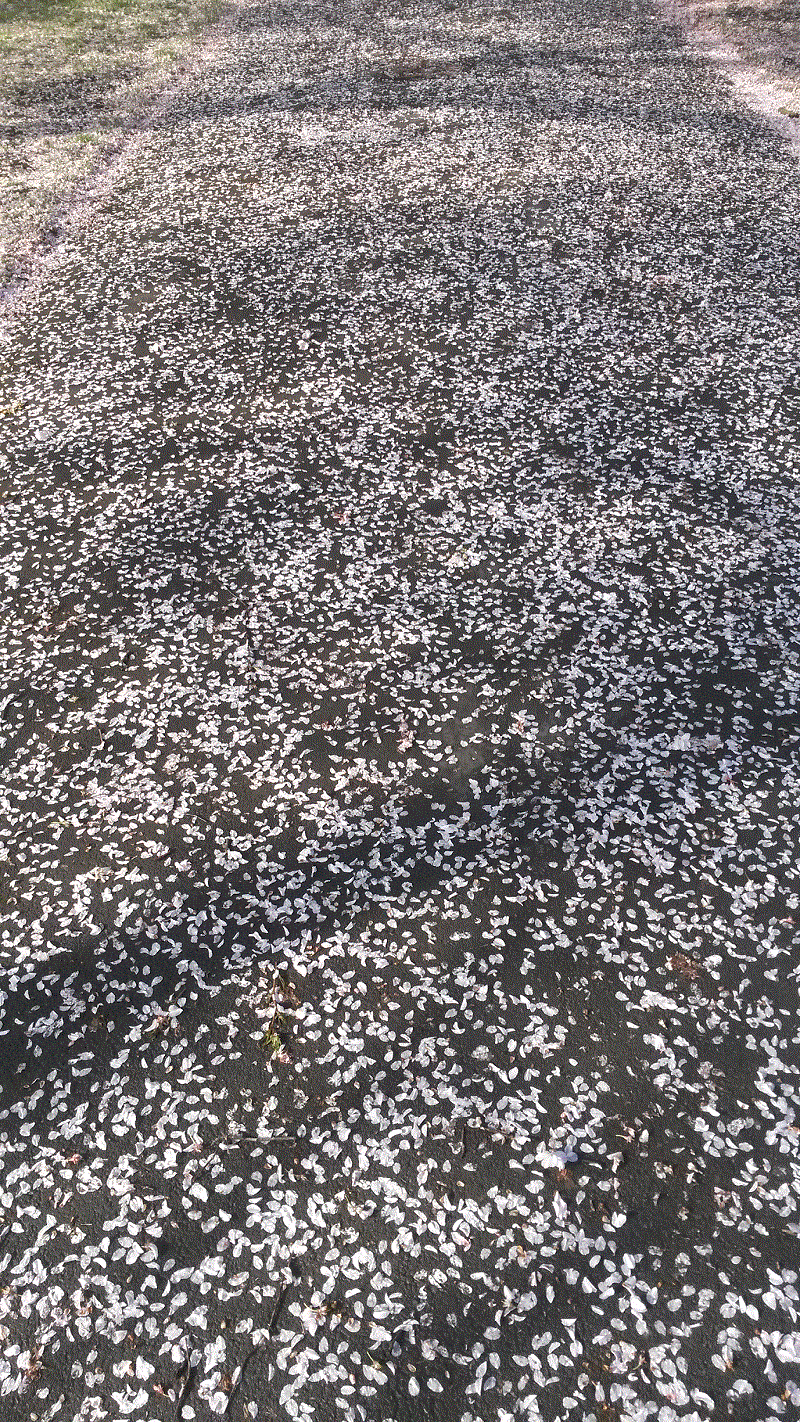The prose of The Railway Man/Eric Lomax seems numbed - so sensitively written but the writer's sensibility is in another place, beyond us - we cannot begin to imagine what he has been through. It reminds me of The Killing Days/Kemal Pervanic: horror that is beyond the telling.
Interested to read of the moral authority that Lomax feels his early religious attachment conferred on him. It is mysterious where authority comes from - how certain people within groups command respect. Perhaps it is bound up with a sense of moral compass: the notion of strong values that define behaviour. But it must be more than that.
Many miles away from any kind of war, it is an almost misty, damp evening in west Cornwall. It has been a day of brilliant colour. Camellias from my mother's garden:
A splendid car spotted in Tesco's Camborne car park. I want this car. Imagine the journeys possible in it. A car with a stripe is very desirable.
Interested to read of the moral authority that Lomax feels his early religious attachment conferred on him. It is mysterious where authority comes from - how certain people within groups command respect. Perhaps it is bound up with a sense of moral compass: the notion of strong values that define behaviour. But it must be more than that.
"A rearrangement of personal authority took place during the three and a half years of our imprisonment. Under those terrible pressures a private might emerge as a leader, and his standing would simply be accepted. I must have seen it in very pure Protestant terms, as though we had somehow returned to the conditions of the Old Testament. I even felt myself gaining some moral authority, growing in a human way despite starvation and misery and dirt. I never felt that I was owed any particular status, but some others acted as though it were there. Some of the traditional leaders, on the other hand, some of the senior officers, sank without trace."This - in marked contrast to the stories of Scott's Antarctic expeditions, when under great pressure in cramped circumstances, the lines (social and professional) between officers and men were maintained by protocol. Once in a small tent a line was marked down the middle between officers and their subordinates: this, it was suggested, is how everyone retained their sanity.
Many miles away from any kind of war, it is an almost misty, damp evening in west Cornwall. It has been a day of brilliant colour. Camellias from my mother's garden:
A splendid car spotted in Tesco's Camborne car park. I want this car. Imagine the journeys possible in it. A car with a stripe is very desirable.
 |


















.jpg)


























